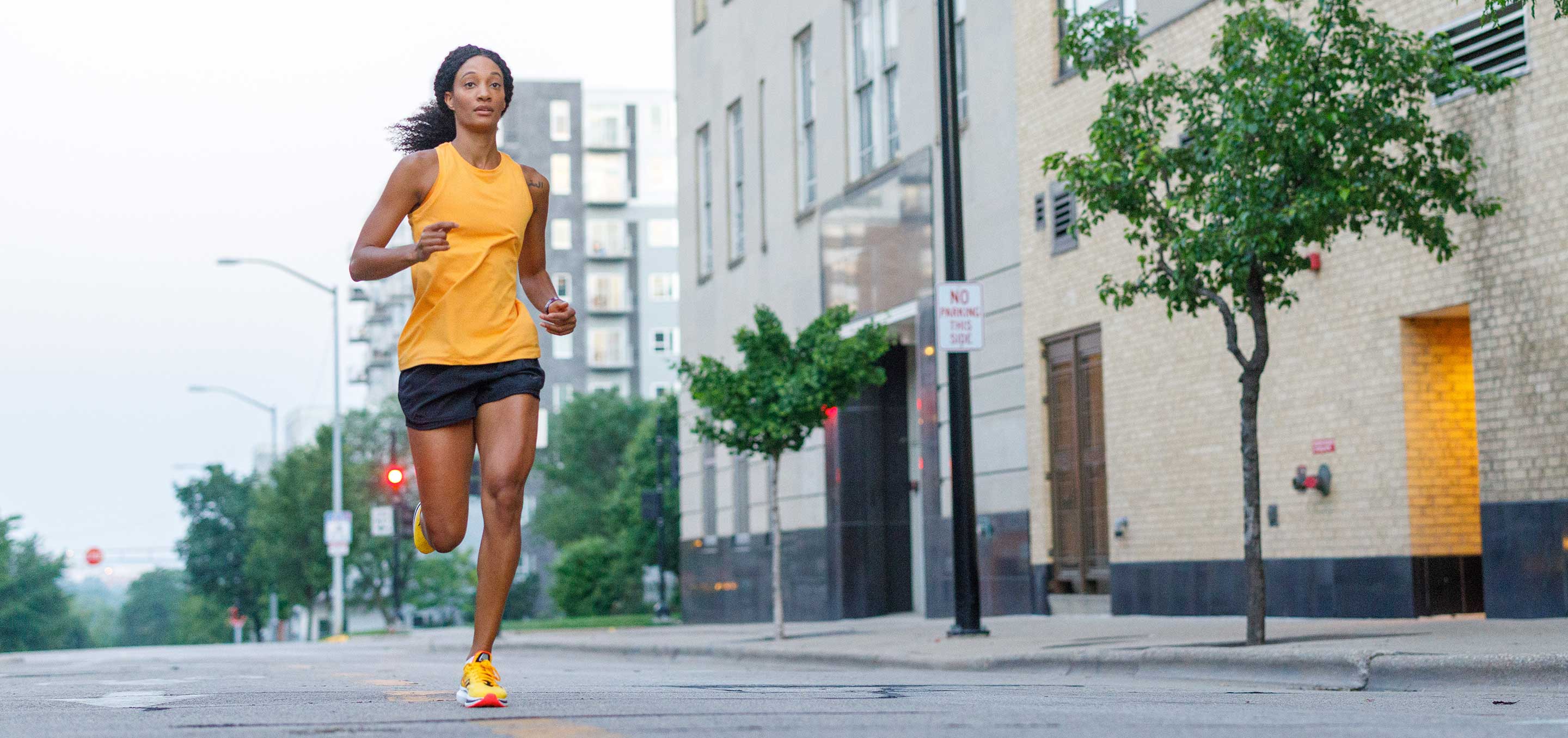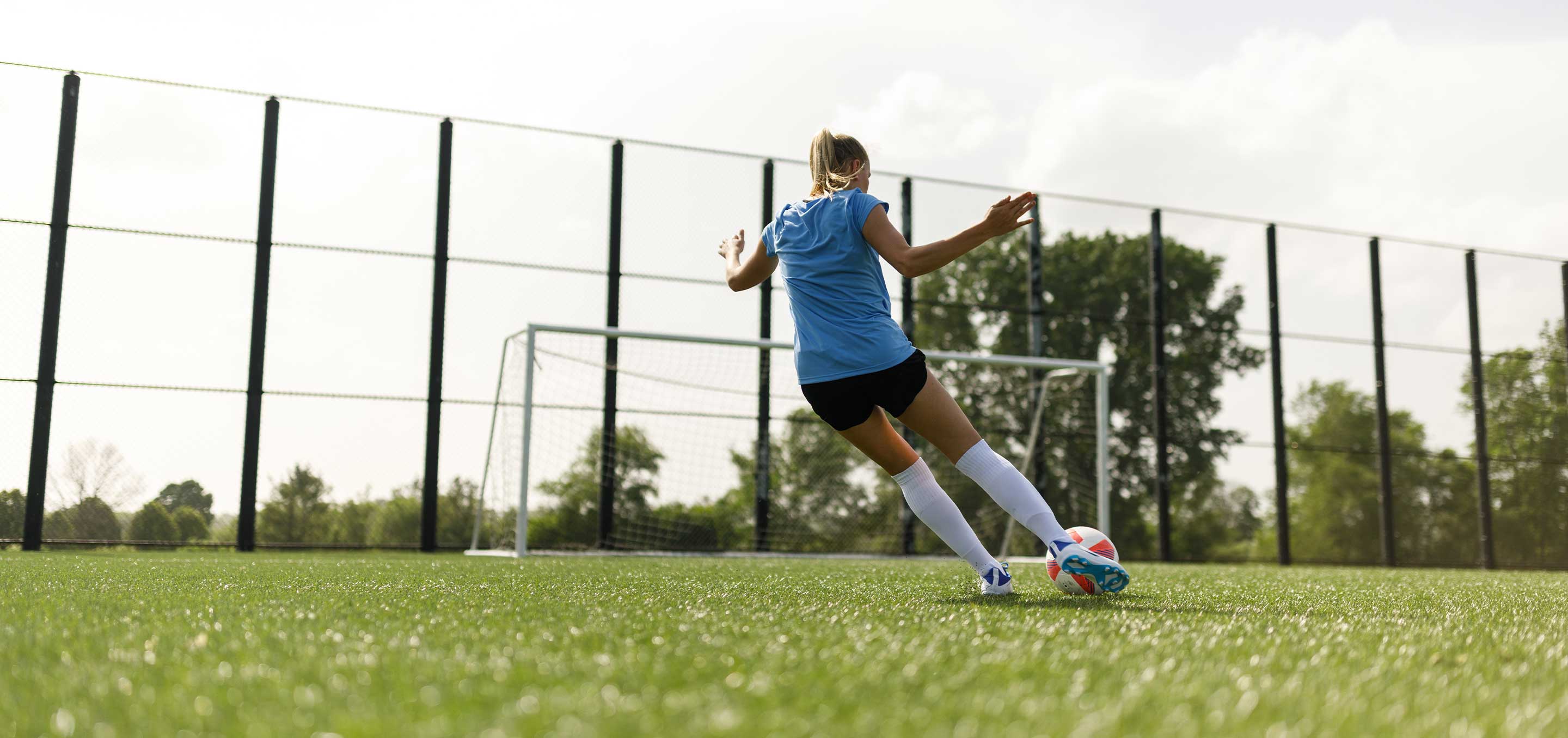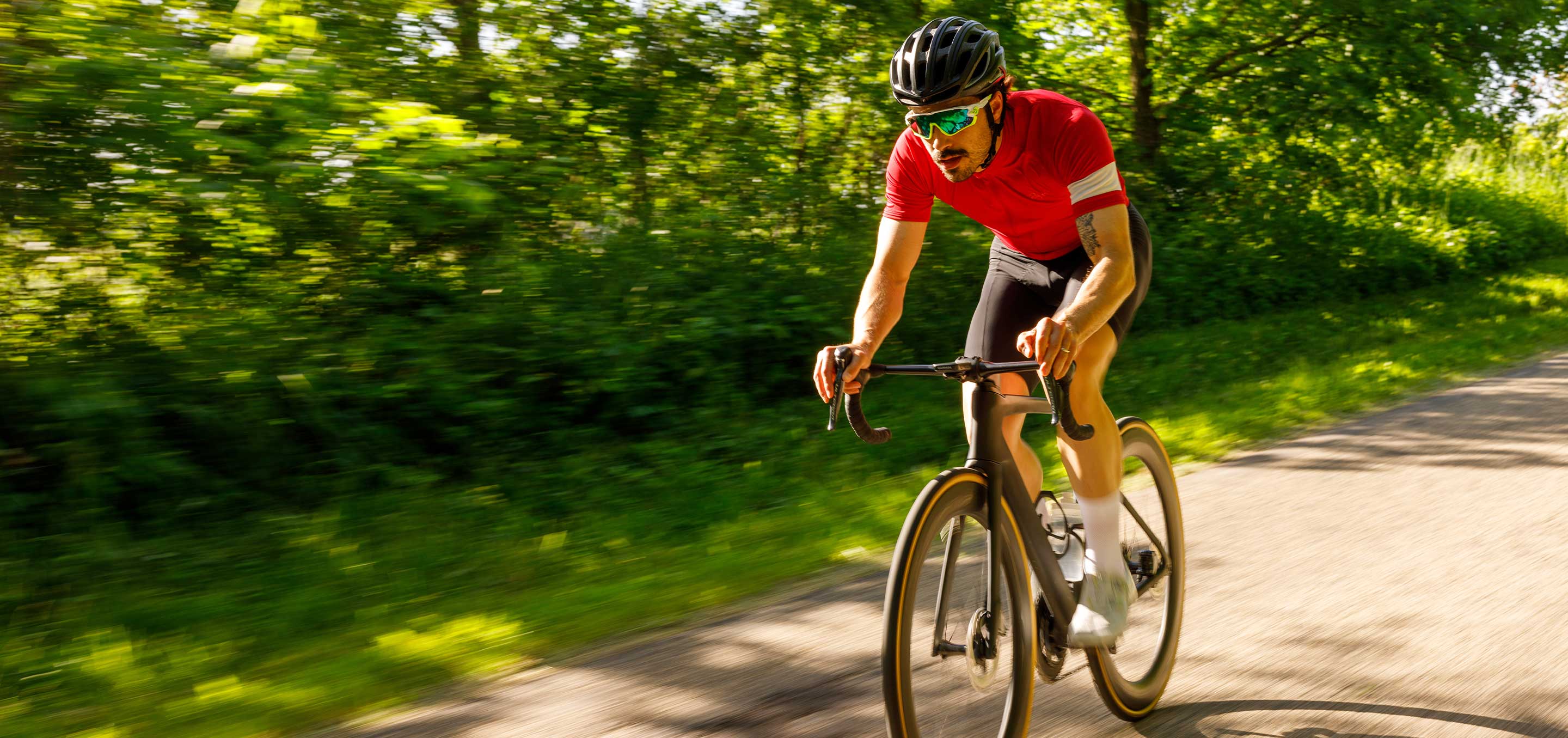How Different Running Surfaces Affect Your Body

What's the Best Running Surface for You? A Guide to Injury Prevention
Stuck in a running rut? If you're pounding the same pavement or treadmill day after day, you might be doing more harm than good. Different running surfaces impact your body in different ways. Discover how to choose the best surface to run on for your needs and minimize your risk of injuries with CURREX® RUNPRO™ insoles.
How do different surfaces affect running?
Multiple factors affect how running impacts your body from the shoes you wear to your foot strike pattern and the ground you run on. Biomechanics can help us understand how our bodies move when we run in response to different running surfaces.
During the running gait cycle, when your foot pushes on the ground, the ground pushes back and creates a force that helps move you forward. Different surfaces change how this push works and how your body responds. Think of running on concrete versus sand:
- Concrete (Hard Surface): When your foot hits the sidewalk, it gets a strong push back right away. This helps you bounce forward more efficiently. Your legs stiffen to make the most of this bounce, but the higher impact can stress your joints.
- Sand (Soft Surface): Sand gives way when you step on it. You must work harder to move forward because the ground absorbs some of your push. It's easier on the joints but uses more energy and is therefore less efficient.

Hard surfaces give a stronger, faster push, good for speed but with more impact. Soft surfaces are easier on joints but require more effort. Multiple studies show that our bodies automatically adjust to these varying conditions, showing changes in technique based on the terrain.
Biomechanics helps us understand these trade-offs so runners can choose the right surface and running style for their bodies. CURREX running insoles help further reduce impact on hard surfaces and improve energy transfer on soft surfaces, boosting comfort and performance.
Understanding Running Surfaces & Injury Risk
Each running surface comes with its own risks for common running injuries. Hard surfaces absorb less impact and put more stress on your joints, leading to shin splints or stress fractures. Soft, uneven surfaces force your muscles to work harder, increasing your risk for ankle sprains and Achilles tendonitis.
Changing the surfaces you run on will limit repetitive stress on your joints and strengthen different muscles to help prevent injuries. Below are the most common types of running surfaces and how they affect the body.

Concrete
Concrete is the hardest and least shock-absorbing surface to run on. It is also easily accessible and smooth when maintained, allowing for a faster pace. You should avoid running on sidewalks regularly to limit the impact on your joints.
Asphalt
The difference between running on concrete vs asphalt is the environment. The preferred terrain for many distance runners, asphalt roads are slightly softer with a little less impact. However, road hazards and weather conditions like temperature changes alter how running on the road affects our bodies and overall form.
Treadmill
Running on a treadmill vs outside lets you work on pacing and improving your form in a controlled environment. Quality machines with cushioned running decks may also help lessen joint stress.
However, the repetitive nature of treadmill running can increase the risk of overuse injuries. One study found that treadmills caused the knee to flex 6% more than when running on a natural surface, which may not be ideal for individuals with knee issues.
Trails
Trail running offers the most variety of surfaces The earth has a softer give, making it better for your joints, but your muscles must work harder to navigate the unpredictable terrain. Ankle sprains are the most common trail running injury, but research shows that chronic injuries are less likely due to the variation in movement.
Grass
Grass is the softest, most natural running surface. It has the lowest amount of impact on your joints given it is even and not too dry or too wet. Running on grass and smooth trails is generally safer and helps you build foot and ankle strength with fewer obstacles. However, its softness can lead to quicker muscle fatigue.
Sand
Running on sand is a tough workout. The soft surface moves under your feet, reducing your efficiency, forcing you to change your foot strike, and making your calves work harder. Running on the beach is great for resistance training, but overdoing it can increase your risk of Achilles tendon injuries.
Some runners prefer barefoot running on wet sand because the surface is comfortable and firm. Not only does this expose your feet to sharp shells, but the banked surface of the shoreline can put uneven stress on the body.
The Role of Running Shoes & Insoles
Running shoes with good support are crucial for different terrains. The best running shoes for running on a treadmill, concrete, and asphalt are road shoes with ample cushioning to absorb shock and transfer energy efficiently. Trail shoes, on the other hand, need aggressive tread and stability for uneven ground.
Without the right fit, no shoe will help you run better regardless of the terrain. That’s why CURREX RUNPRO insoles deliver a customized fit in most running shoes. Their dynamic support keeps the foot in its optimal biomechanical position and returns energy to your stride, improving your efficiency with less impact on your joints.

Read more about the 7 Reasons You Need Insoles in Running Shoes.
Choosing the Right Surface for You
The best surface to run on depends on your training goals and history of injuries. If you plan to run a 5k in the city, running on roads or sidewalks prepares your body for race day. However, runners with knee pain might feel less discomfort running on a soft dirt trail.
Listening to your body and seeing how it responds to different surfaces can help you decide which one is right for you. To further optimize your experience, use the CURREX Insole Finder to find the best insole for your foot type and running style.
So, what is the healthiest surface to run on?
Bottomline, the healthiest surface to run on is a variety of surfaces. This adds variety to a boring routine and introduces your muscles, joints, and tissues to different stressors so they can be stronger and more resilient to injury. Running on multiple surfaces is one of the keys to becoming a better, more efficient runner.

Feel Better, Perform Better with CURREX RUNPRO
Understanding the biomechanics of running can help you choose the best surfaces to run on and the right shoes to protect your body. CURREX RUNPRO insoles complement your natural biomechanics, offering dynamic support and energy return for a smoother, more comfortable and efficient stride.
References:
Ferris, D. P., Liang, K., & Farley, C. T. (1999). Runners adjust leg stiffness for their first step on a new running surface. Journal of Biomechanics, 32(8), 787–794. https://doi.org/10.1016/s0021-9290(99)00078-0
Ferro-Sánchez, A. et all. (2023). An Analysis of Running Impact on Different Surfaces for Injury Prevention. International Journal of Environmental Research and Public Health, 20(14), 6405–6405. https://doi.org/10.3390/ijerph20146405
Hamill, J., et all. (2022). The prevalence of injuries in trail running: influence of trails, terrains and footwear. Footwear Science, 1–9. https://doi.org/10.1080/19424280.2022.2048901
The Impact of Running Surfaces. (2021, January 14). AdventHealth Orlando.







